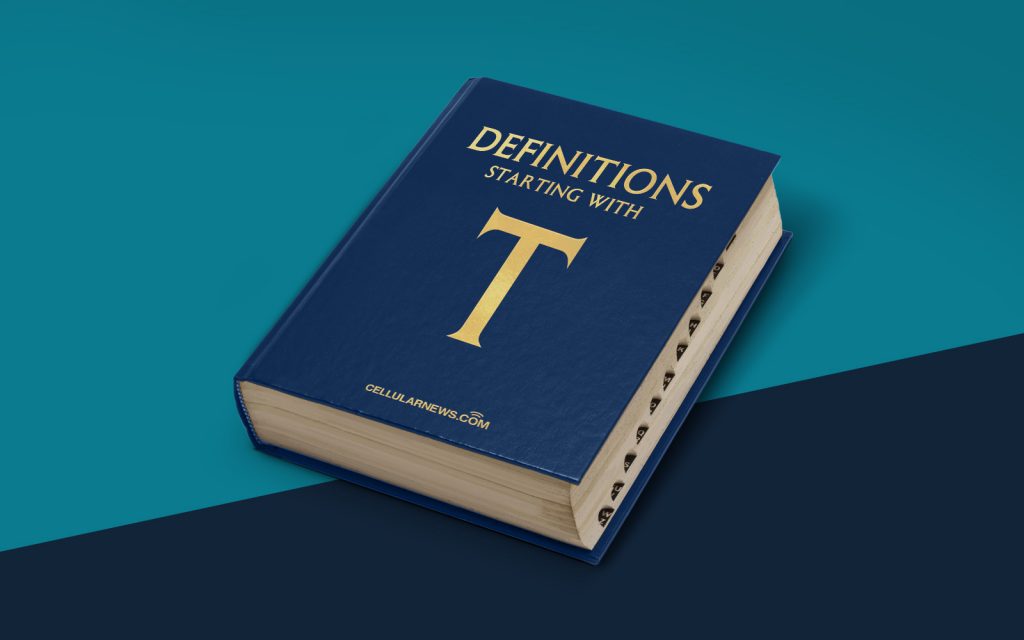
What is Three-Tier Application?
Glad you asked! In the vast world of technology, the term “Three-Tier Application” crops up quite often. But what exactly does it mean? Well, in simple terms, a Three-Tier Application refers to a software architecture that is split into three distinct layers or tiers. Each tier has its own unique role and responsibility, working together harmoniously to provide a seamless user experience. Let’s delve deeper into each tier and uncover the magic behind this popular architectural design.
The Three Tiers:
1. Presentation Tier: Also known as the “User Interface” tier, the presentation tier is responsible for delivering an aesthetically pleasing and user-friendly experience. This is the layer that users directly interact with, as it handles all the front-end elements, such as GUI (Graphical User Interface) components and user input validations.
2. Application Tier: Hidden away from the user’s view, the application tier acts as the “Brain” of the Three-Tier Application. It processes data and performs logic-based operations necessary for the application’s functionality. This layer is responsible for implementing business rules, coordinating various tasks, and managing communication between the presentation tier and data tier.
3. Data Tier: As the name suggests, the data tier is concerned with the storage and retrieval of data. It handles tasks such as reading and writing data from databases, file systems, or external services. This layer ensures data integrity and plays a crucial role in managing the persistence of data within the application.
Key Takeaways:
- The Three-Tier Application architecture is divided into three main tiers: Presentation, Application, and Data.
- The Presentation Tier focuses on enhancing the user experience through GUI components and user input validations.
Now that we have explored each tier, it’s important to understand how they work together in harmony. When a user interacts with the application, the user input is first captured by the presentation tier. This input is then processed and validated by the application tier, which performs various computations and applies business logic. Finally, any necessary data is retrieved or stored by the data tier, ensuring smooth data management throughout the application.
The Three-Tier Application architecture offers numerous benefits. It promotes modularity, allowing each tier to be developed and maintained independently. This modular structure increases flexibility, scalability, and the potential for code reuse. Additionally, by separating concerns into distinct layers, it becomes easier to troubleshoot and debug issues, as each tier can be isolated during the debugging process.
In conclusion, a Three-Tier Application architecture is a powerful software design concept that promotes modularity, flexibility, and maintainability. By dividing the responsibilities into three separate layers – Presentation, Application, and Data – the overall development and management of an application become more streamlined and efficient. Understanding the intricacies of this architecture is crucial for developers and architects alike, as it helps pave the way for robust and scalable applications.
